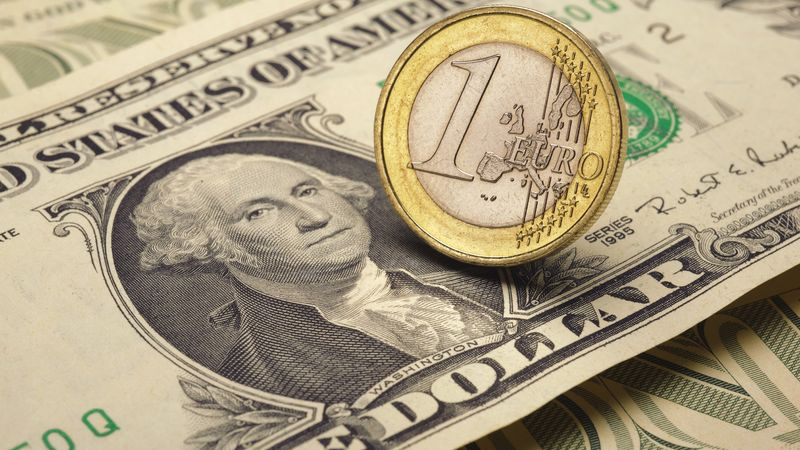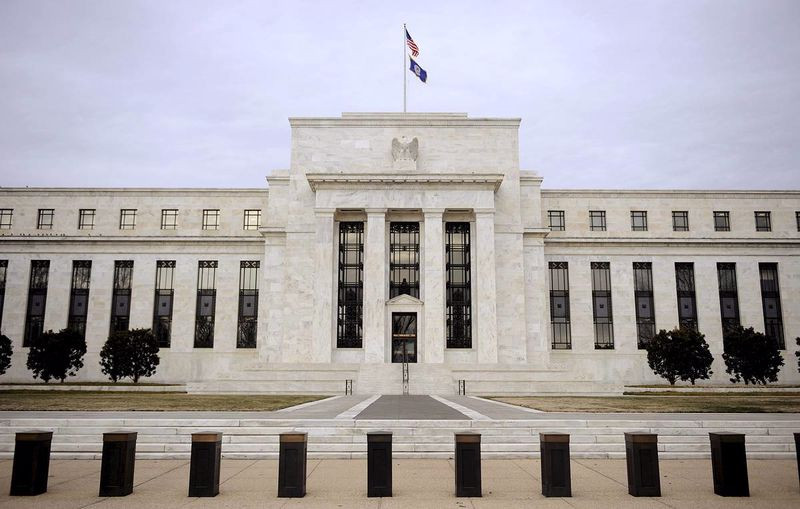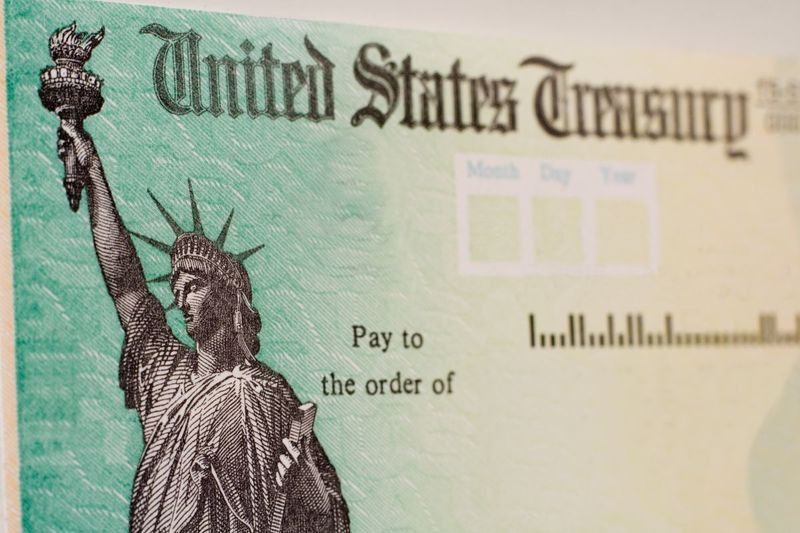
The first week of 2022 brought investors some surprises, but caused only a slight price movement in the EUR/USD pair, which continues to remain in the range formed at the end of November. Moreover, the boundaries of this range have narrowed to 1.1270-1.1380.
Even the publication of the minutes from the December FOMC meeting could not bring the main currency pair out of hibernation.
At the start of the year, the Federal Reserve continued to surprise the markets with hawkish rhetoric.
Fed officials not only called for an accelerated curtailment of the asset repurchase program and an increase in interest rates, but also discussed steps to reduce the balance sheet.
Inflation in the United States remains elevated, and the pandemic is expected to only fuel this trend, so the US central bank needs decisive action to maintain price stability.
According to the head of the Federal Reserve Bank of Minneapolis, Neil Kashkari, he supported the US central bank's decision last month to accelerate the winding down of the asset purchase program.
"Given the increase in inflation that we are seeing, this looks like a reasonable solution that will give us flexibility in the future to raise rates at an earlier date if necessary," Kashkari said.
"I have included in the forecasts two rate hikes in 2022, as inflation remains higher and more stable than I expected," he added.
According to Kashkari, the current increase in inflation is caused by a surge in demand in the face of disruptions in supply chains. He noted that demand is likely to weaken over time, but the question of when the situation with supply chains will normalize remains more uncertain.
San Francisco Fed President Mary Daly, in turn, said that she supports the idea of a gradual increase in the Fed's key rate in parallel with a reduction in the amount of assets on the central bank's balance sheet.
"I would prefer that we gradually adjust the rate and start reducing the balance earlier than we did in the previous cycle," she said.
Thus, the roadmap of the US central bank for the near future includes the following items: the curtailment of the emergency stimulus program in March, at least three key rate increases in 2022, the first of which may also take place in March, after which the central bank will begin to reduce the balance sheet.

Such intentions triggered a sell-off on the US stock market last Wednesday and pushed up the yield of US Treasury securities and the USD index.
However, it is worth noting that the strengthening of the US currency was insignificant – the greenback won back a little more than 30 points from the euro, dropping the EUR/USD pair from 1.1343 to 1.1309.
At the same time, the yield of 10-year treasuries rose above 1.7%, reaching the highest level since March 2021.
Another important event for the dollar was the release of the monthly report on the US labor market on Friday, January 7.
It was assumed that in December, the American economy created 400,000 jobs, but the real figures were twice as low as forecasts, amounting to 199,000.
Against this background, the USD index rolled back from its recent high and sank to 95.70 points.
Taking advantage of the general weakening of the dollar, the EUR/USD pair ended the last five days in the green zone, near the upper limit of the current range - at the level of 1.1360.
At the same time, the yield of 10-year treasuries rose on Friday to the highest level in almost two years, thanks to which the greenback managed to maintain stability despite the disappointing December payrolls.
Already at the beginning of the new week, the US currency was able to recover and grow above 96.00.
If dollar bulls maintain control over the situation, then the USD index can probably test 96.46 (January peak) and 96.90 (November high).
While the index is trading above the four-month support line, which runs below the September low of about 95.00, the greenback will remain constructive.
On Monday, the US economic calendar is not eventful, so market participants are still focused on the impact of the yield of treasuries on risk appetite and the exchange rate of the US currency.
The yield on 10-year US Treasury bonds continued to rise today, exceeding the 1.80% mark and reaching levels last seen in early 2020. Last week, the indicator rose by 25 basis points, which was the biggest jump since the end of 2019.

"We believe that the growth in the yield of long–term US Treasury bonds should continue," Capital Economics analysts said.
"Markets may still be underestimating how much the federal funds rate will rise in the next few years, so our forecast is that the yield on 10-year bonds will rise by about 50 basis points more, to 2.25%, by the end of 2023," they added.
The focus of attention this week is Fed Chairman Jerome Powell's speech to the Senate Banking Committee.
A number of Fed officials are also due to speak during the week, including Loretta Mester, Esther George, Charles Evans and John Williams.
Investors will closely follow their comments after the publication of the minutes from the Fed's December meeting last week, which indicated that a very tense labor market and increased inflation may require FOMC officials to raise interest rates earlier than expected.
On Wednesday, the United States will publish monthly data on the consumer price index, followed on Friday by reports on retail sales and industrial production for December.
"The publication of the December consumer price index in the US this week should add more arguments for a hawkish Fed reversal. We expect the dollar to play a role in tightening monetary conditions in the United States," ING analysts said.
According to their estimates, in the second and third quarters of this year, the EUR/USD pair will sink to 1.1100, and in the fourth quarter it will drop even lower – to 1.1000.
Meanwhile, Barclays strategists hold the opposite opinion. They consider the dollar highly overvalued and expect its moderate decline amid an improvement in risk appetite, which will be due to the recovery of the global economy and cooling inflation.
According to Barclays forecast, in the first quarter the EUR/USD pair will grow to 1.1600, in the second – to 1.1800, in the third and fourth - to 1.1900.
The main currency pair EUR/USD turned down after testing the level of 1.1360 on the eve of the weekend, confirming that this level is resistance. If the pair closes above this barrier, the 1.1380 mark will be the next obstacle on the way to 1.1410.
On the other hand, the nearest support is located at the level of 1.1305, followed by 1.1260 and 1.1220.
 English
English 
 Русский
Русский Bahasa Indonesia
Bahasa Indonesia Bahasa Malay
Bahasa Malay ไทย
ไทย Español
Español Deutsch
Deutsch Български
Български Français
Français Tiếng Việt
Tiếng Việt 中文
中文 বাংলা
বাংলা हिन्दी
हिन्दी Čeština
Čeština Українська
Українська Română
Română

